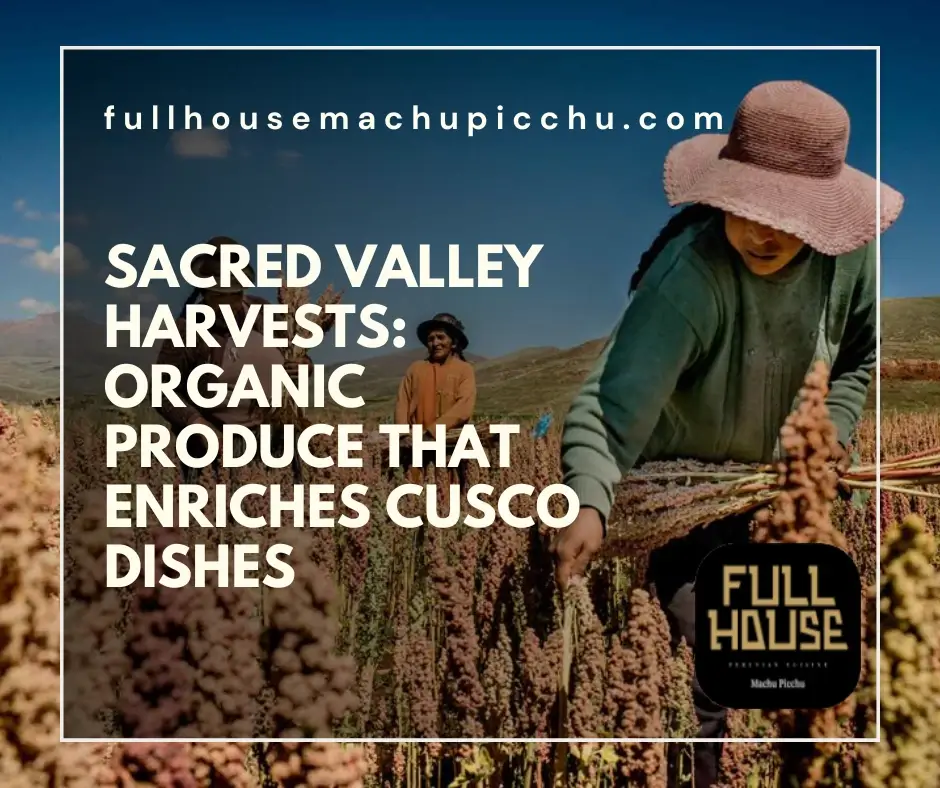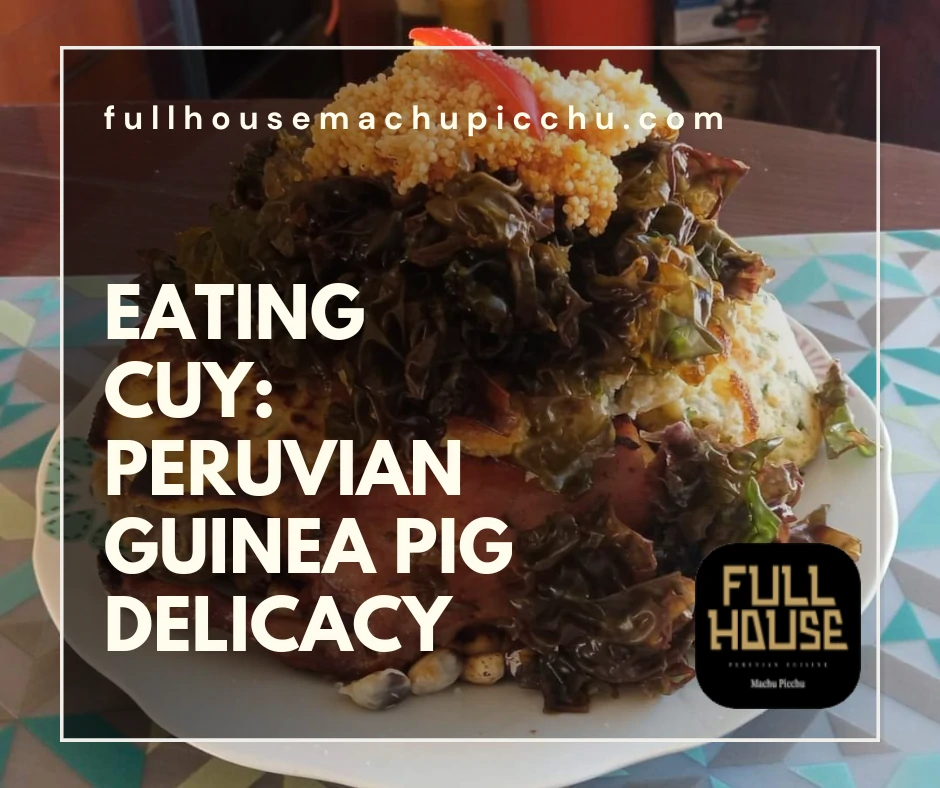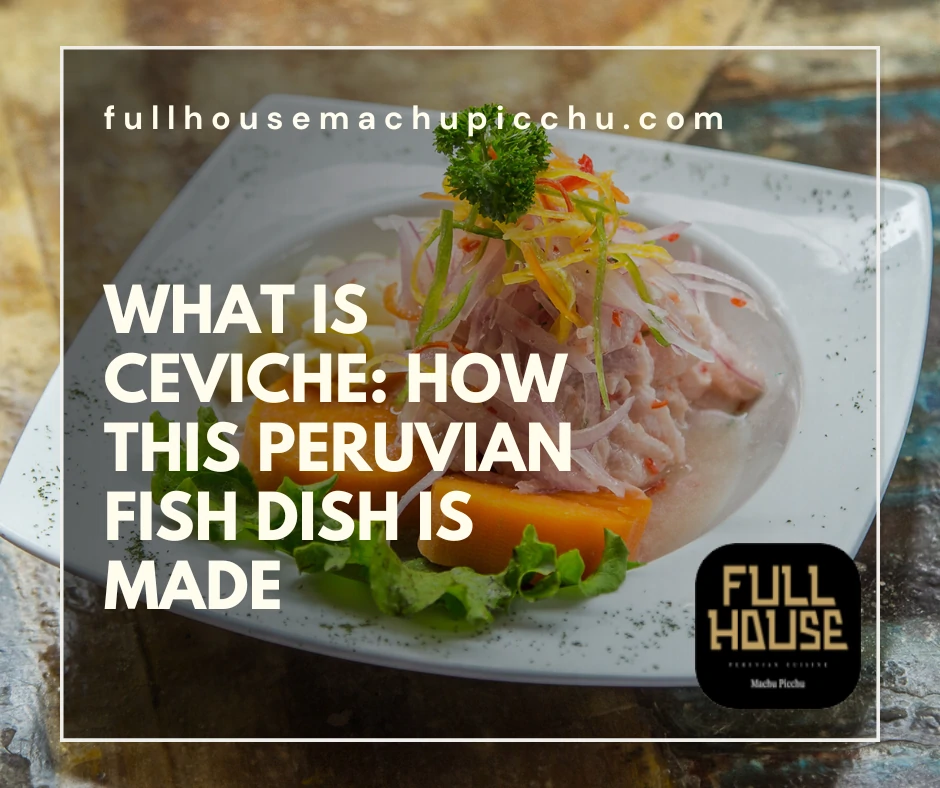Nestled in the heart of the Andes, the Sacred Valley is a verdant gem. Its fertile lands offer an array of organic produce. This bounty greatly influences Cusco’s culinary scene.
Farmers, using ancient techniques, cultivate crops that define Andean flavors. From quinoa to maize, these harvests become key ingredients. They transform Cusco dishes into memorable culinary experiences.
Bountiful Fields: The Rich Agricultural Heritage of the Sacred Valley
The Sacred Valley, with its fertile lands, has a deep agricultural history. Ancient civilizations recognized its potential. They cultivated an array of crops here.
Terraced fields, carved into the valley’s slopes, showcase the innovative farming practices. These terraces prevented soil erosion, allowing for sustainable agriculture. In these terraces, quinoa thrived. A grain native to the region, quinoa became a staple for its rich nutritional content.
Corn, another significant crop, also found its home in the Sacred Valley. Giant white kernels, different from anywhere else, are a product of these lands. Over time, the cultivation expanded to include other nutritious foods. Among them, maca stands out. Revered for its medicinal properties, maca has gained international attention recently.
Besides crops, the Sacred Valley also perfected irrigation techniques. They maximized the use of the Urubamba River, ensuring consistent water supply. This, combined with the area’s natural fertility, created a haven for diverse plant species.
The Sacred Valley’s commitment to agriculture wasn’t solely about sustenance. It was also about connection. The bond between the land, its people, and the cosmos was foundational. Through farming, this bond was nourished and strengthened.
Today, the Sacred Valley continues to honor its agricultural heritage. Modern farmers maintain traditional methods, preserving the valley’s rich legacy. As you explore this vibrant region, remember its contributions. The Sacred Valley doesn’t just offer breathtaking landscapes; it feeds a nation. Both in body and spirit.
For those eager to experience it firsthand, consider visiting during the harvest season. Witness the Sacred Valley in its full splendor and indulge in its fresh produce. It’s a journey of taste and history combined.
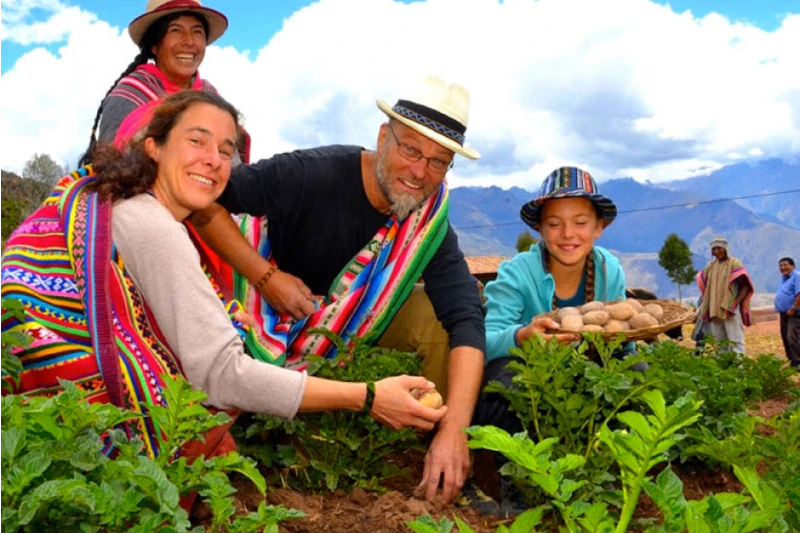
From Quinoa to Maize: The Staple Ingredients Powering Cusco’s Cuisine
The Sacred Valley boasts a myriad of nutritious crops. These have shaped Cusco’s culinary landscape for generations. Each ingredient tells a story of tradition and innovation.
Quinoa, often dubbed the “Andean gold,” is central to many dishes. This protein-packed grain complements both meat-based and vegetarian cuisine. Its versatility is unmatched, making it a favorite in various preparations. From salads to soups, quinoa graces many plates in Cusco.
Maize, with its large white kernels, is another Sacred Valley gem. A far cry from typical corn, its distinct flavor and texture stand out. It’s a key ingredient in many beloved dishes, reflecting Cusco’s Culinary Heritage. Whether roasted, boiled, or used in tamales, maize is undeniably essential.
But the bounty of the Sacred Valley doesn’t stop there. Potatoes, in their countless varieties, are also a staple. Root vegetables, like oca and ulluco, further diversify the culinary palette. These hearty ingredients withstand the Andes’ challenging climate, proving their resilience and importance.
The Sacred Valley’s elevation also plays a role. It allows for a unique blend of crops, both temperate and tropical. This blend enriches Cusco’s menus, offering flavors that tantalize every palate.
Such diversity is a testament to the region’s agricultural prowess. The Sacred Valley isn’t just a tourist destination. It’s the beating heart of Cusco’s food scene. Its ingredients power the dishes that locals and tourists love.
For anyone looking to immerse themselves in Andean flavors, Cusco awaits. Let the Sacred Valley’s harvest be your guide, and savor the richness of this ancient land.
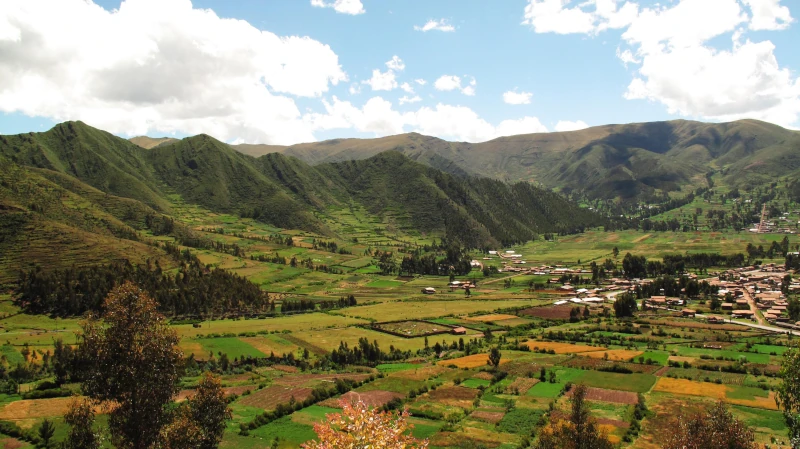
Farm-to-Table Excellence: How Organic Farming Elevates Traditional Dishes
The farm-to-table movement isn’t just a trend in the Sacred Valley. Here, it’s a centuries-old tradition. This approach enhances the essence of every dish, making them uniquely flavorful and authentic.
Organic farming in the Sacred Valley prioritizes sustainability and richness. It captures the essence of the soil, climate, and traditional methods. When ingredients are sourced fresh, without chemical intervention, flavors become more pronounced.
This emphasis on organic cultivation sets the Sacred Valley apart. Compared to other of Peru’s diverse culinary regions, it offers unmatched purity in its produce. Whether it’s maize, potatoes, or quinoa, the difference is palpable.
Traditional dishes of the region benefit immensely from this approach. An organic potato in a classic “chuño” preparation, for example, tastes earthier, more genuine. It becomes a real culinary journey to Peru, as every bite reveals history and culture.
Local chefs are well aware of this advantage. They champion organic farming not just for sustainability, but for flavor. These culinary masters create menus that celebrate the Sacred Valley’s bountiful harvest, elevating age-old recipes.
Visitors to the Sacred Valley often leave with lasting memories of their meals. They recall the vibrancy of colors on their plates and the depths of flavors in every dish. Such is the power of organic farming.
In essence, the Sacred Valley doesn’t just offer a visual feast. It serves up a gastronomic adventure that stays with travelers long after their visit. If you’re seeking a true Culinary Journey to Peru, start in the Sacred Valley. The organic brilliance here is sure to captivate.


